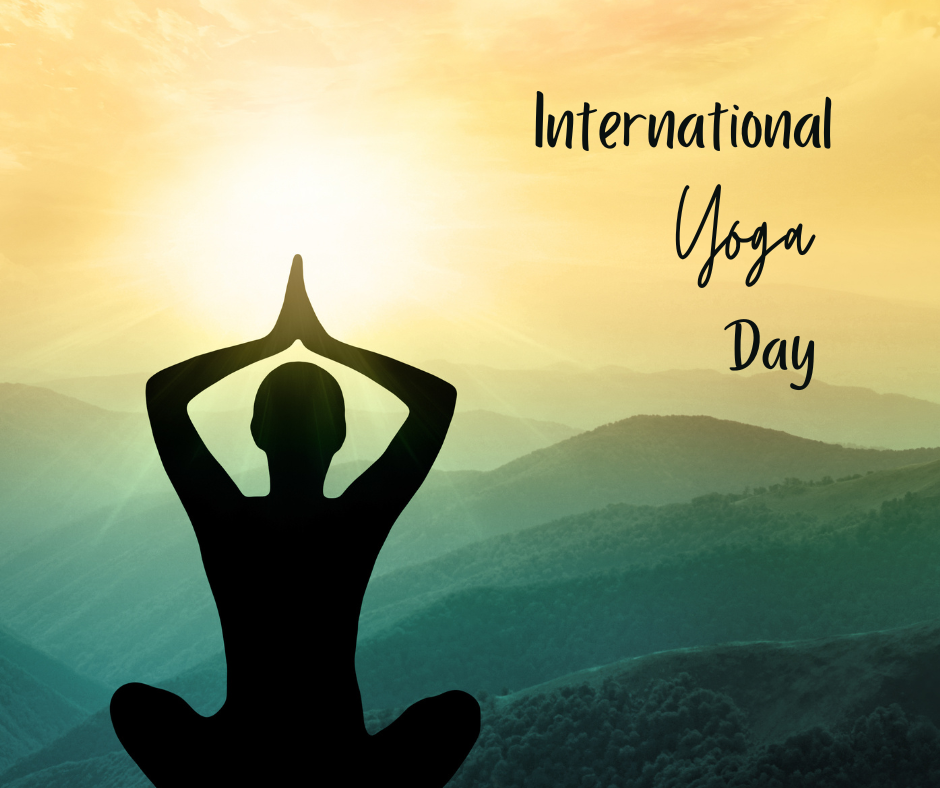Adopting a Yoga Practice for Better Health
It goes without saying that we live in stressful times. Everyone is physically tired and mentally drained just by the happenings of daily life. Surprisingly, though, people seem to be having more trouble slowing down now than ever before. Despite how much we need to take a breath and slow down, our pace seems to get faster and faster. This puts us in a constant state of stress (“fight or flight” mode).
Living in that stressed state is hazardous to your health. Whether you have CF, are a caregiver, or don’t even know what CF is, the health of everyone of us is negatively impacted by stress.
While we will never get rid of stress entirely, we can (and must) find ways to manage it to prevent its potentially damaging health effects.
Enter YOGA!
Yoga is an ancient practice that originated in India. It combines breath, movement and meditation to bring harmony to the body, mind and spirit. There are many styles of yoga, and research has found that all forms provide benefits like:
managing stress
easing anxiety and depression
enhancing sleep quality
elevating mood
increasing strength and flexibility
improving balance and coordination
reducing pain
Specifically, for someone living with CF, yoga can strengthen the lungs and improve their efficiency. Certain poses like “wheel” or “bow” can stretch and strengthen while certain types of yoga breathing can help clear mucus from the lungs.
There are many styles of yoga, so start by choosing the one that appeals to you. Here are just a few:
Hatha yoga is beginner-friendly since it is slower moving and features poses that are not too difficult. However, the word “hatha” actually refers to any yoga based on movement, so if you’re choosing a class at a yoga studio, make sure to look at the description of what the term actually means to them.
Vinyasa is the style most widely known, but they can be faster moving and challenging. Many studios have levels of vinyasa, so if you’re a beginner, make sure to start at the first level.
Kundalini stresses breath along with movement and the idea is to move energy from the base of the spine up through all of the “chakras” (energy centers) using breath. This can be pretty intense but the feeling of energy flowing through your body at the end of class is pretty amazing.
Restorative or Yin typically uses props like blocks or bolsters to get the body into poses that are held for 3 to 5 minutes or so. This stretches, relaxes and releases the connective tissue especially around the joints. It is very slow unlike other forms like vinyasa that involve a lot of movement.
Bikram, or hot yoga, is not for the faint of heart and I actually don’t think it would be helpful for someone with CF. It involves performing a series of poses in a room that is heated to around 100 degrees! The heat is thought to loosen tight muscles while the intense sweating is cleansing. This is not my favorite, but if you have CF, definitely consult your doctor before trying this.
There are other forms of yoga but, as with nutrition, it is very personal. Find a style of yoga that is challenging but doable for you and that makes you feel good. The breathing part of the practice may take some time to master, but keep with it because the benefits to your body from this stress-reducing practice are well worth it!
Once you choose a style, there is something I like to do to upgrade my practice, and that is to incorporate essential oils. Some of my favorites to apply to the back of my neck, over my heart or behind the ears before class are Frankincense (for peace and calm) Sandalwood (promotes relaxation) Rose ( supports feelings of self-worth and opens the heart to to connection), Cedarwood (supports the mind-body connection). Any of these combined with a citrus oil like Lemon or Wild Orange are both grounding and uplifting. Find out more about oils HERE
Namaste and Stay Well!

